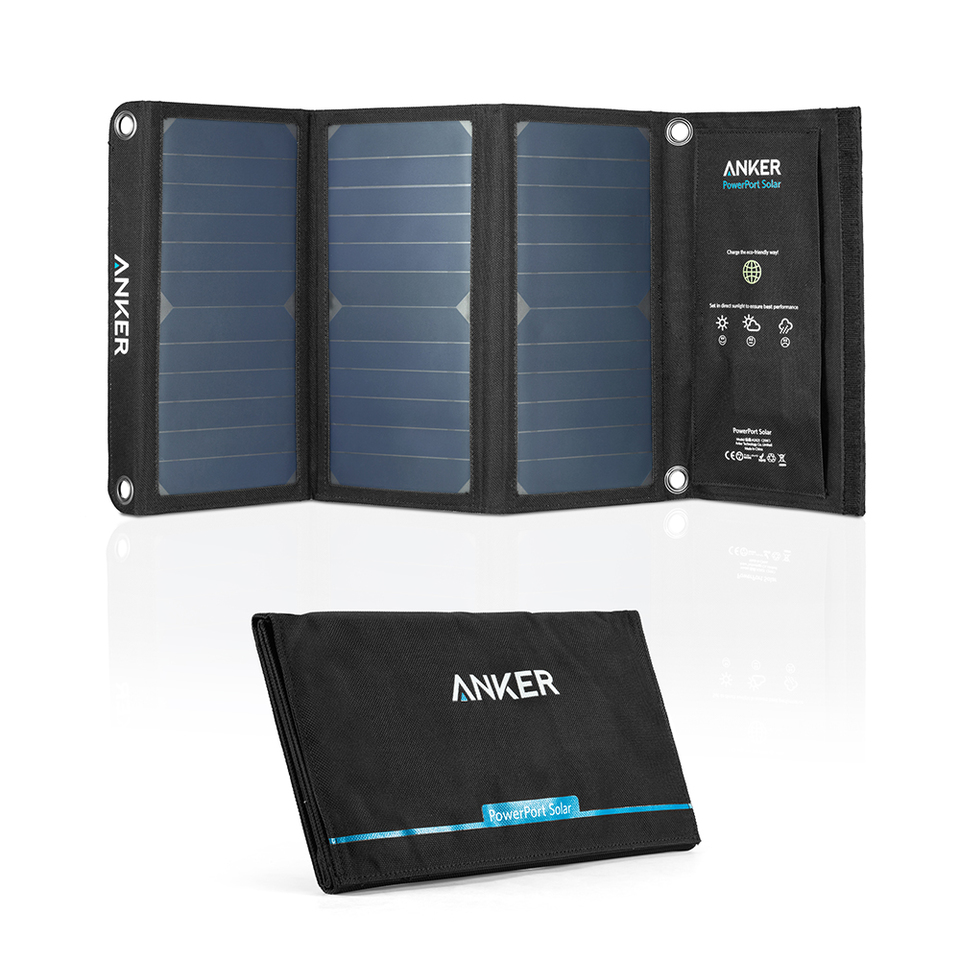As mentioned in the previous Tech On Tour post, we have put quite a bit of emphasis into ensuring that we are staying charged up and connected to the world.
Here, I’ll be breaking down what we are taking and how I hope it’s all going to work.
First up, it’s the Dynamo. For the noobs, here is Wiki’s description:
A hub dynamo is a small electrical generator built into the hub of a bicycle wheel that is usually used to power lights. Note that the hub dynamo is (usually) not actually a dynamo, which creates DC, but a low-power magneto that creates AC. Most modern hub dynamos are regulated to 3 watts at 6 volts, although some will drive up to 6 watts at 12 volts.
(Let me make one thing clear, I’m no electrician. I have no idea about currents, amps, volts, watts etc. So if you’re looking for a discussion on inputs and outputs you might want to stop reading now.)
Both our bikes came fitted with Shimano DH-3N72 hubs.

These are already hooked up to the awesome B&M front and rear lights, but I doubt that we will be using them often, to be honest. We’ll be aiming to be at camp and set up well before sunset most days although we won’t be leaving them behind either – no doubt we will come across tunnels, and I’m sure some heavy traffic at times will when we want that extra touch of a presence on the road.
The joy of the Shimano’s connector terminal means that adding a supplementary power cable is dead easy, so we can run USB power converters at the same time as having our lights connected. The lights have individual switches on each unit so we can choose to turn them on if and when we please.
Figuring out which USB power converter to buy was a tough one, for the limited number of devices out there, there are many mixed reviews. Yet another market I have come across that seems to be lacking in a clear and outright favorite or standard. B&M came out with the E-Werk seven years ago now, and it was the market leader within the cycle touring community for years, but I feel that technology has moved on. The biggest issue seems to be the gear that they need to charge. Simply put, new iPhones and tablets need more power and a stable, constant stream of it!

Alee at Cycling About has a good list of the current products on the market, although it does seem that a new player joins the game every 6 months. One of these players is Igaro. A London based company owned and run by a lad called Andrew Charnley. He’s pretty confident about his product, the D1, and the minimal reviews and comments out there tend to back him up.
I got in touch with Andrew via Facebook a couple of months ago, asking a few questions about the product as I was still tossing up which product to get. Initially, I didn’t get a very prompt reply and ended up buying the E-Werk off eBay for a bargain price. Andrew finally replied to me and we chatted about the E-Werk, the D1, and other products. He came across as a very confident guy, bordering on arrogant, but maybe he had all the right in the world to be – was his product as good as he brags about?

The D1 will be sitting pretty on Alessia’s bike, while on mine is the Cycle2Charge. A German product, that is available through Amazon for a respectable £50. It works in the same vein as the Tout Terrain Plug 3 and Sinewave Reactor by replacing the stem cap with a USB port and running the cable down the steerer but at a fraction of the price. The finish is quite smart and to the casual observer, it looks like there is nothing there at all. It also has a nifty little feature for when not in use – the whole cap rotates and covers the port to protect it from rain or dust.

Installation was easy enough, although it did take a bit of fiddling to get the cables out of the steerer tube and past the front mudguard. Both the D1 and Cycle2Charge followed the lines of the cables from the lights down the fork leg and into the dynamo connection. I used some heat shrink cable housing and put both cables together neatly. All installed and ready to go.
As I mentioned at the start, some modern electronics (such as the iPhone 6 or higher) need a consistent flow of electricity to charge, and with the power from the dynamo fluctuating with the speed traveling this was in need of a solution. The E-Werk can be sold with an added extra of a cache battery which solves this issue as it fills the battery which then gives a regular output to your chosen device. Our solution is to have USB battery packs with the pass-through feature such as those produced by Zendure. We will each have a battery pack in our bar bags constantly hooked up to the dynamos, each with 2 output ports for charging our tech. The total mAh for both batteries will be around 30,000.
We also have our back-up: the Anker Powerport Solar 15w. A very tidy twin solar panel that produces enough power to charge an iPhone. This can sit on top of the rear panniers and happily have two different devices plugged in. I went with Anker as I’ve used their battery packs before and have been very impressed with the whole product, packaging, customer service, and value they offer.

If all this fails then I guess we’ll be doing the old fashioned way of handwritten logs, sketching, postcards, and carrier pigeon. That, or we’ll check into a hotel.
Stay tuned for updates!
Happy Rolling,
Ross

